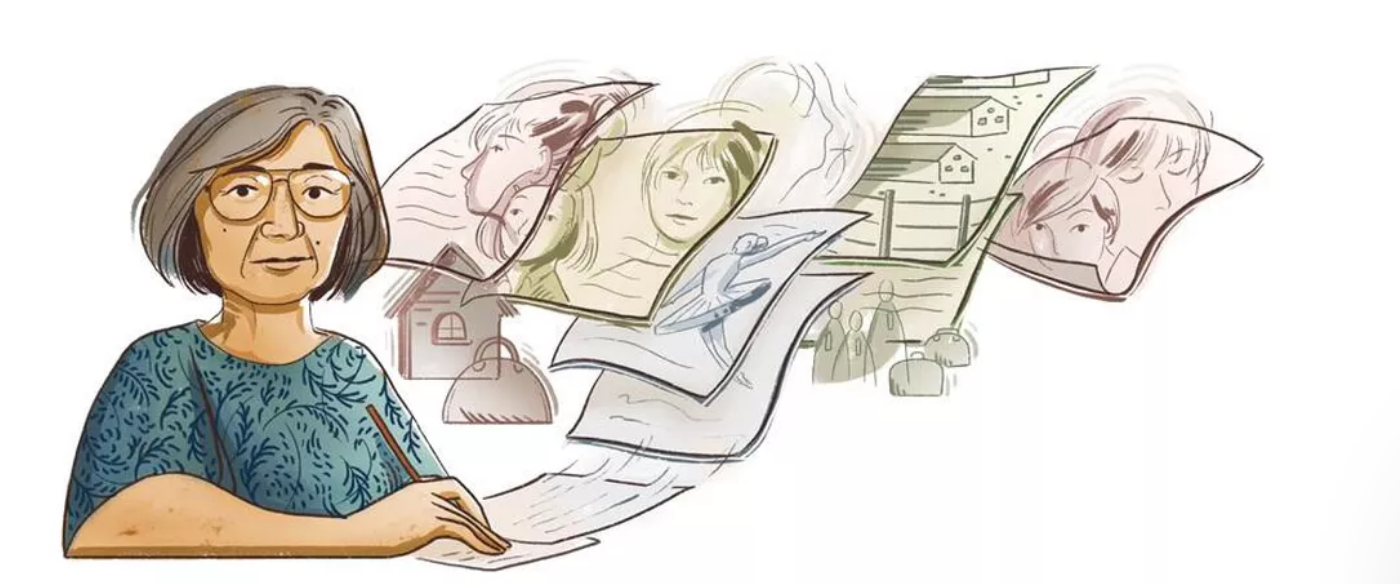Google Doodle celebrates short story writer Hisaye Yamamoto
Japanese-American writer helped bridge cultural divides between races and ages

Your support helps us to tell the story
From reproductive rights to climate change to Big Tech, The Independent is on the ground when the story is developing. Whether it's investigating the financials of Elon Musk's pro-Trump PAC or producing our latest documentary, 'The A Word', which shines a light on the American women fighting for reproductive rights, we know how important it is to parse out the facts from the messaging.
At such a critical moment in US history, we need reporters on the ground. Your donation allows us to keep sending journalists to speak to both sides of the story.
The Independent is trusted by Americans across the entire political spectrum. And unlike many other quality news outlets, we choose not to lock Americans out of our reporting and analysis with paywalls. We believe quality journalism should be available to everyone, paid for by those who can afford it.
Your support makes all the difference.Today’s Google Doodle is Japanese-American short story writer Hisaye Yamamoto.
Yamamoto was one of the first Asian-American literary figures to garner critical recognition following the Second World War, and her honouring comes during Asian Pacific American Heritage Month, which takes place throughout May
Her work sought to bridge the gap in understanding between generations of Japanese-American immigrants as she was the daughter of two Japanese immigrants to the US.
Born on August 23 1921 in Redondo Beach, California, her writing career started under the pen name Napoleon in a newspaper aimed at Japanese-Californians.
During World War Two, she and her family were sent to an internment camp because of Executive Order 9066, a policy that led to a total of 120,000 Japanese-Americans sent to prison camps. Under the brutal conditions, she still managed to keep her reporting career alive, writing for the Poston Chronicle, the prison’s newspaper.
In 1945, Yamamoto and her family were released and moved back to Los Angeles and began working as a columnist for the Los Angeles Tribune, a Black-owned newspaper that tried to diversify journalism and unite Anglo Black people with Asian-Americans.
For the three years she worked there, Yamamoto watched the vast amount of racism experienced by the various ethnic groups faced, which greatly impacted her.
In 1948, Yamamoto published her first short story ‘The High Heeled Shoes’, enabling her to leave journalism and focus on her fiction writing, a lot of which covered themes such as gender, race and ethnicity throughout her long career.
The time she spent in the prison created a lot of the foundation of her work, including ‘The Legend of Miss Sasagawara’, which was published in 1950.
She was a longstanding voice in the fight against war, racism and violence and in 1986, she was the recipient of the Before Columbus’ Foundation’s American Book Award for Lifetime Achievement for her work in American multicultural literature, among other prizes.
She died on January 30 2011, aged 89 after writing more than 14 short stories.
Join our commenting forum
Join thought-provoking conversations, follow other Independent readers and see their replies
Comments